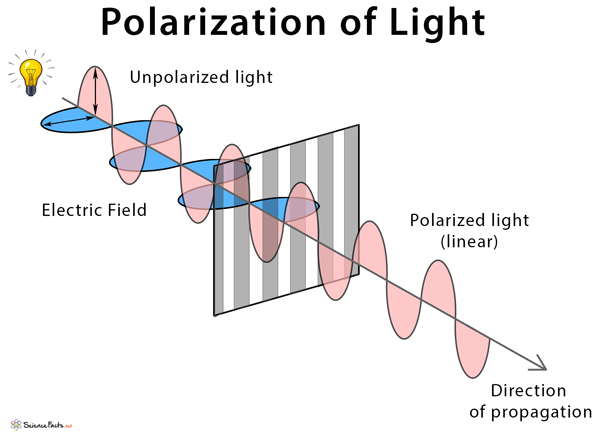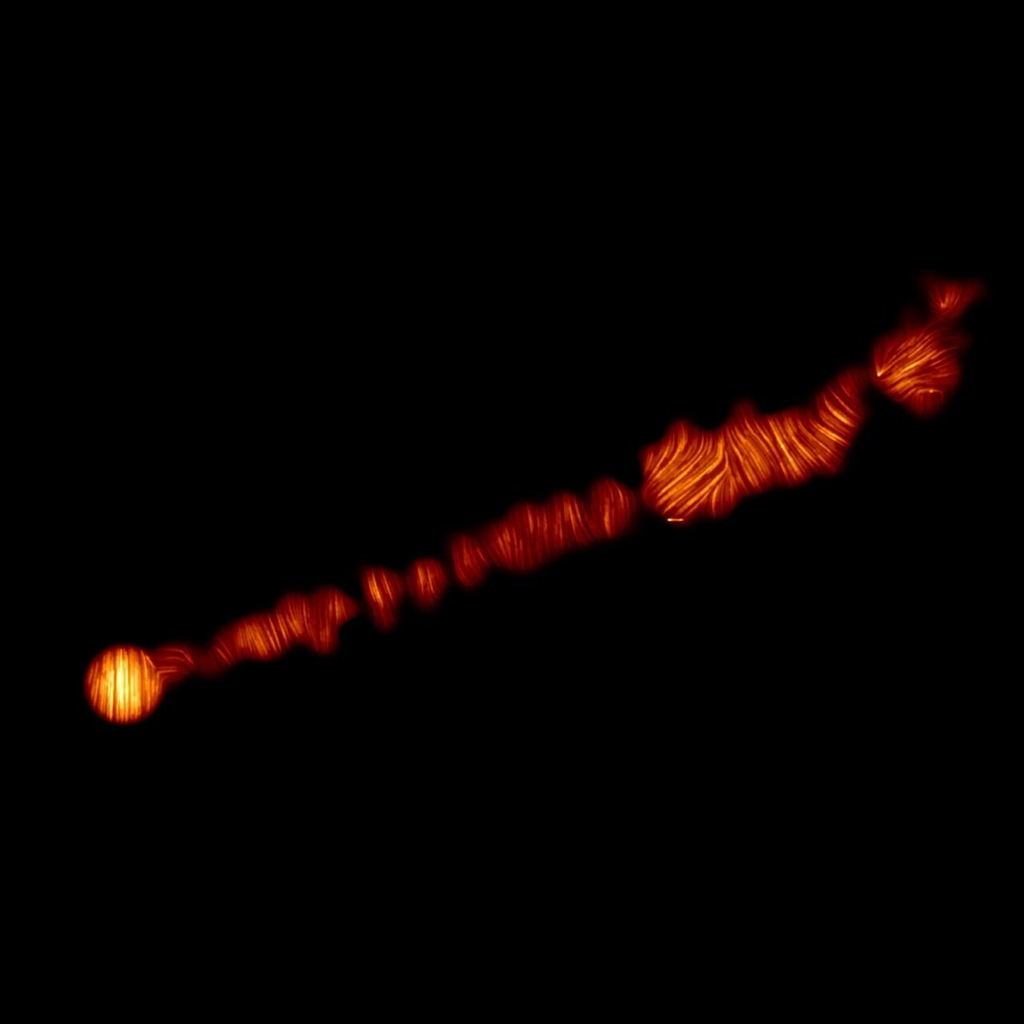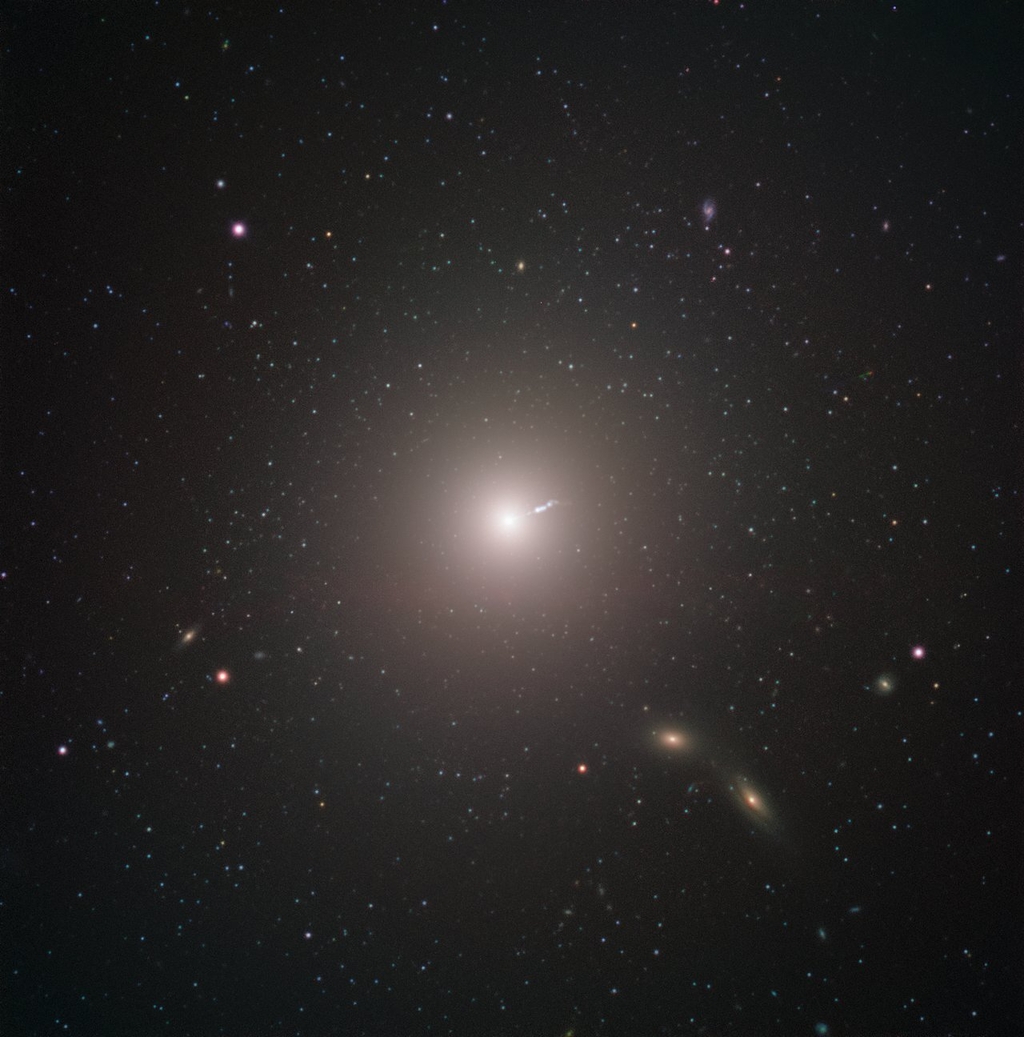The Polarized-Light Image Of The Messier 87's Supermassive Black Hole
The 6.5 billion solar masses black hole in M87 was first imaged two years ago. Now it’s making the headlines again.
An impressive 8 radio telescopes and over 300 researches were needed to obtain the image. This time, the astrophysicists from the Event Horizon Team (EHT) studied the polarized light from the black hole. A light wave becomes polarized if its oscillations get influenced so that they have a definite direction. More precisely, light consists of electric and magnetic waves; a polarizer impacts their oscillations by only transmitting them along a given direction. Thus, in the case of a black hole with a magnetic field, electromagnetic radiation can become polarized.

As you can see in the image below, the polarization of the relativistic jet of particles emitted by the black hole (i.e. by the very close region surrounding it) has already been observed. How such long filaments of matter and radiation at such high energies escape the holes is still mysterious, but with the EHT’s latest image there are some clues about what happens near the event horizon - the “point of no return” beyond which not even light is fast enough to escape their gravitational pull.

It might seem surprising at first that some black holes don’t only devour matter but also emit these jets longer than the galaxy itself. The accretion disks surrounding black holes are the last “stage” before matter gets definitely absorbed, thus the particles in the jet must be taken from that million-degrees-hot gas. In rotating black holes especially, matter can orbit more closely and accelerates faster, which in turn implies that it heats up even more and is more luminous. A few years ago, it has been established that there is a correlation between the luminosity of the accretion disk and the power of the jet. However, the gravitational energy in the accretion disk is much lower than that required to accelerate particles to 99.995% of the speed of light. Since then, the best hypothesis was that the magnetic field that arises in the dense hot gas gets twisted by the rotation of the black hole, winding it into a “cone” at the rotation poles that ejects the particles. From the polarized light images, where we can see the vortex-like swirl of light, the EHT was able to conclude that the magnetic field is indeed powerful enough to disturb the black hole’s matter-devouring activity.
Only theoretical models with magnetized gas and a rotating black hole fit this new observation. The insight into a region so close to the hole will help astronomers understand better how these gravitational giants produce enormous jets of matter and energy, but also how they absorb matter. With this new image, it was estimated that M87’s black hole “eats” one-thousandth of the mass of the Sun per year. The EHT eagerly awaits further observations to get more precise information about the magnetic activity on the verge of black holes’ event horizons.

Cover Image: M87 black hole in polarized light, EHT
Image Credits:
1 - Polarization of light, Sciencefacts.net
2 - M87 jet in polarized light, ALMA (ESO/NAOJ/NRAO), Goddi et al.
3 - M87 through the VLT, ESO
